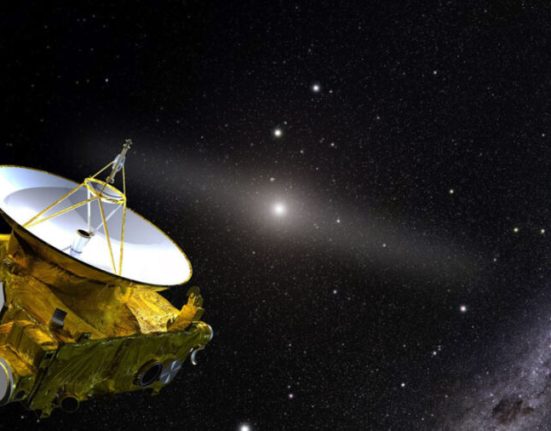Artist's illustration of Perseverance traveling through Jezero Crater.
Credit: NASA/JPL
After exploring the bottom of a Martian crater for three and a half years, NASA's Perseverance rover is preparing for the steep climb out. NASA announced Wednesday that the car-sized rover will begin a monthlong ascent from Jezero Crater next week. The journey is expected to be more challenging than any Perseverance has taken on so far.
Lake is a 45-kilometer (28 mi) cratered basin in the Syrtis Major quadrangle of Mars, characterized by igneous rocks, narrow ridges, and hills similar to those on Earth. These geological features intrigue Scientists who are interested not only in understanding the composition of the Red Planet, but also in searching for signs of liquid water—and, by extension, extinct or extant life. Since landing at Jezero in February 2021, Perseverance has photos taken from the dusty crater, provided detailed information Martian weather reports, collected (and deposited) sediment samples and more.
But it’s time for Perseverance to leave Jezero and explore the area around it. The week of August 19, the rover will begin climbing the western rim of Jezero, kicking off its fifth science campaign, the Crater Rim Campaign. autonomous driving softwarePerseverance will navigate a route designed by NASA to minimize hazards and maximize geographic exploration. The route includes slopes of up to 23 degrees (close to Percy’s maximum of 30 degrees) and approximately 300 meters of elevation gain, making it the longest and most difficult journey Perseverance has undertaken so far.

Outlined in blue above, Perseverance's route will take the rover through Dox Castle, Pico Turquino, and finally Witch Hazel Hill.
Credit: NASA/JPL-Caltech/University of Arizona
As soon as it reaches the top of the Jezero rim, Perseverance will arrive at a staging area called Aurora Park. From there, the rover will head to the Turquino Peak and Witch Hazel Hill regions. NASA says Pico Turquino “contains ancient fractures that may have been caused by hydrothermal activity in the distant past,” while Witch Hazel Hill has layered geology that could offer insight into ancient Martian climate patterns. Perseverance will collect additional sediment samples that will either analyzed from 142 million miles away or brought back to Earth in a Eventual return missionwill tell scientists more about the geological history of the Red Planet.
“Our[current]samples already constitute an incredibly scientifically compelling collection, but the crater rim promises to yield even more samples that will have significant implications for our understanding of Martian geologic history,” said Eleni Ravanis, science lead for the Crater Rim Campaign. “That’s because we hope to investigate rocks from the oldest crust on Mars. These rocks were formed from a host of different processes, and some represent potentially habitable ancient environments that have never been examined up close before.”













Leave feedback about this